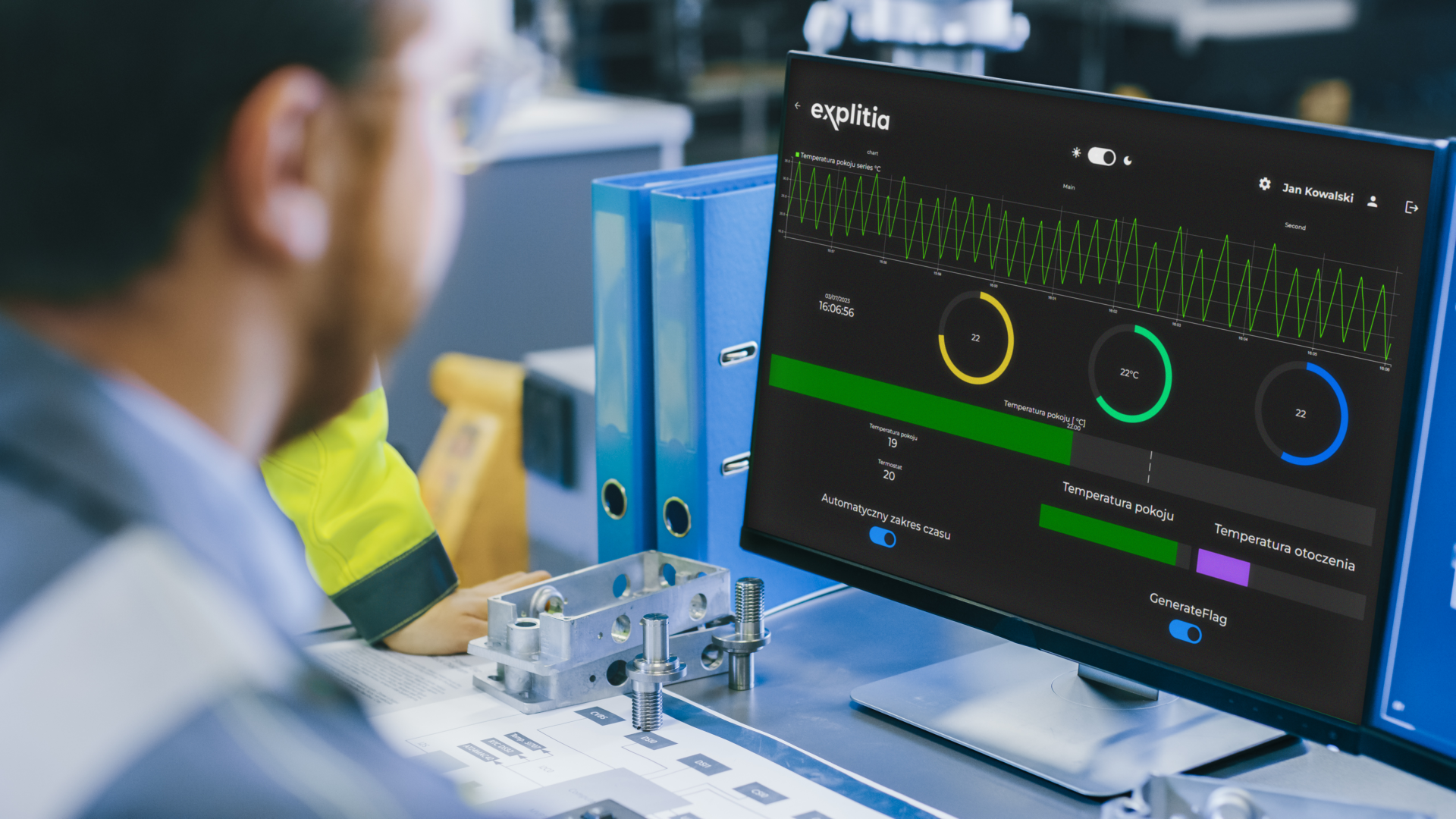In the first part of the article, we answered the questions – what is carbon footprint, where does it come from and what does it cause. In the second part, we want to take a closer look at the topic of climate neutrality and turn the knowledge already gained into practice and awareness of real possibilities for change.
What is climate neutrality?
Climate neutrality, also known as carbon neutrality, is an action that primarily leads to reducing and offsetting the carbon footprint. So, it’s not about going completely CO2–free, because that’s simply not possible. The goal is to maintain a balance between the amount of gases emitted into the atmosphere and the amount of gases that will be removed from the atmosphere. It is necessary to balance the volume of greenhouse gases entering the atmosphere by, among other things, measures to absorb them, to “break even” in the net emission balance.
For manufacturing plants and factories, “going to zero” is a major challenge, as they produce a significant amount of greenhouse gases. Many companies are already declaring climate neutrality. How can this be accomplished?
Climate neutrality – examples of actions
- Monitoring media consumption: Modern IT solutions that will determine the actual media consumption, including electricity can facilitate business and investment decisions more efficiently to optimize manufacturing processes or reduce waste, among other things.
- Reducing emissions: A company can reduce the amount of gases emitted by optimizing resource usage, using eco–friendly, renewable energy sources, or introducing technological innovations that reduce emissions.
- Offsetting: If a company is unable to reduce gas emissions, it can and should invest in solutions that will offset their damage. This includes projects like reforestation or supporting CO2 removal technologies.
- Sustainability: A company can also engage in ESG–compliant business practices, such as reducing waste or introducing and promoting sustainable products and services.
- Wise collaboration: Engaging with suppliers and business partners who are also making efforts toward climate neutrality, leading to reduced emissions throughout the chain.
From general to specific – how is the carbon footprint measured?
Awareness is already there, now it’s time for action! In 2022, the European Union made it mandatory for all large and some medium and small companies to report the amount of carbon footprint produced. The latter two will be subject to the obligation by 2027. Here are some of the steps a company takes to calculate its carbon footprint:
1. Defining the scopes
- Scope 1 Direct emissions: those resulting from fuel combustion in stationary installations and in vehicles belonging to the organization’s fleet.
- Scope 2 Indirect (energy) emissions: arise from the generation of electricity and heat supplied to the company by the energy supplier.
- Scope 3 The most complex, deals with other indirect emissions that are beyond the organization’s control, but considers the entire value chain.
2. Data collection
Reliably calculating the carbon footprint (both an organization and a product) requires collecting and organizing a lot of information and company numerical or operational data, as well as data from suppliers. The collected data is then converted into greenhouse gas emissions, usually using specific emission factors for different activities.
3. Reporting
After the calculations, the company creates a report presenting the results of its carbon footprint.
However, these activities are often time–consuming, the need for manual calculations can contribute to errors. In addition, reporting must be done annually. Therefore, it is worth digitizing the process. Among other things, information systems make it possible to collect actual data from the production process, integrate different areas of the company, including supply chain or resource management. They can also monitor the entire product’s life cycle.
How to count an individual’s carbon footprint?
The topic of greenhouse gas emissions has become so popular that several calculators have been created on the Internet that allow you to calculate your individual CO2 consumption. All you have to do is think about, analyze and sometimes recalculate your habits and behaviors that significantly cause your carbon footprint. Examples of areas could be:
Household energy consumption (electricity, gas, water).
Transportation methods (private and public, even airplane).
Eating habits.
Shopping and consumption (stationary and online).
Recycling and waste.
Do you want to calculate the carbon footprint in your company? Wondering how to reduce CO2 levels in your machinery park? Climate neutrality is a significant challenge, and solutions from explitia can provide support.
Skontaktuj się z nami
Chcesz przenieść swój zakład produkcyjny na poziom 4.0? Interesują Cię nowoczesne rozwiązania dla przemysłu z zakresu automatyzacji i cyfryzacji? Koniecznie daj nam znać!


